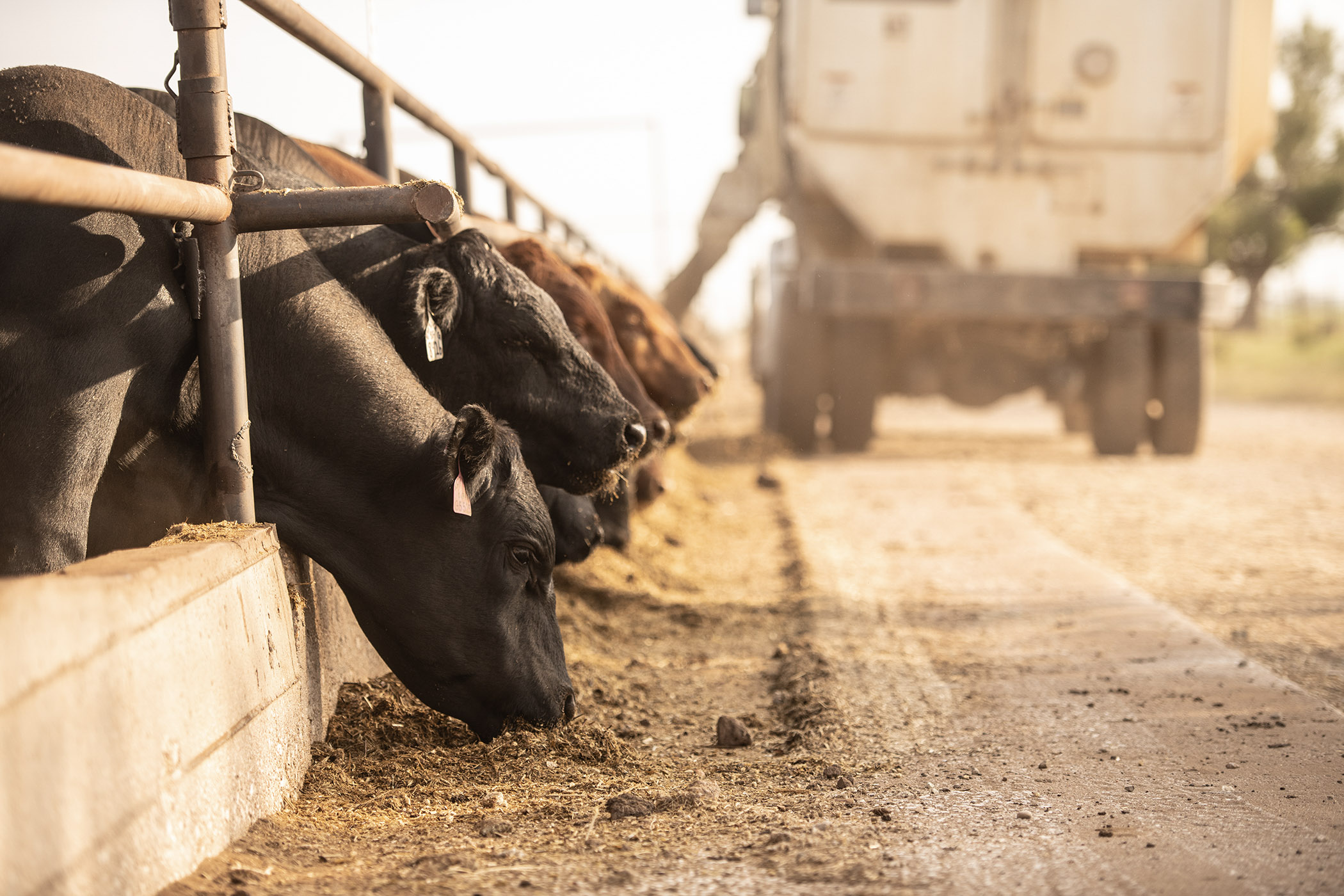Herd Health Preventatives
Dewormers (aka anthelmintics) are an important part of a preventative herd health program for many cattle operations. When using dewormers it is critical to check the label to make sure …
Dewormers (aka anthelmintics) are an important part of a preventative herd health program for many cattle operations. When using dewormers it is critical to check the label to make sure …
Sulfur is considered a secondary plant nutrient and if soils are deficient adding sulfur can improve forage production. However, overapplying sulfur with ammonium sulfate or in other fertilizers is costly …
Various insecticides can be used to control small grasshoppers and armyworms in pastures and hay meadows including insect growth regulators like diflubenzuron. When selecting which product(s) to use it is …
Hay storage will impact how much hay is needed and the cost of the hay feeding program. Strategies to reduce storage loss will vary some based on annual rainfall. In …
Calf scours can occur from an infection or from the consumption of a large amount of milk (aka milk scours). Watching calves to see how they act can help determine …
Average gestation length for cattle is often reported as 283 days with a common range of about 9 days either side of the average. When getting ready for the start …
Calving ease is a focus of many producers when buying bulls. Most major beef cattle breed associations will report EPDs for calving ease direct (CED), birthweight (BW), and calving ease …
There is a common misconception that increasing phosphorus intake will improve reproduction in cattle. However, research from Texas, New Mexico, North Dakota, and Utah didn’t show any benefits in reproduction …
Vitamin A is a fat-soluble vitamin that is important for reproduction and several metabolic functions. Requirements for vitamin A are generally met from green growing forages. During drought conditions it …
Registration form link: https://forms.monday.com/forms/5170a7549ee04435635352a5dbd3383e?r=use1
